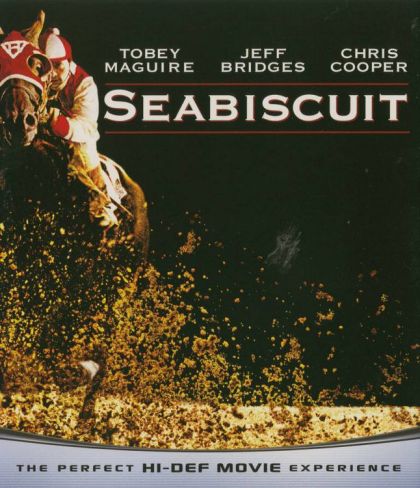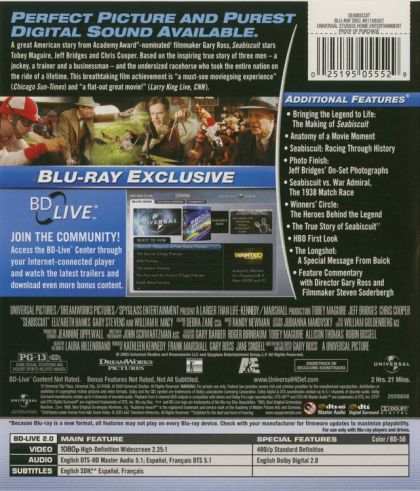Proving that truth is often greater than fiction, the handsome production of Seabiscuit offers a healthy alternative to Hollywood's staple diet of mayhem. With superior production values at his disposal, writer-director Gary Ross (Pleasantville) is a bit too reverent toward Laura Hillenbrand's captivating bestseller, unnecessarily using archival material--and David McCullough's familiar PBS-styled narration--to pay Ken Burns-like tribute to Hillenbrand's acclaimed history of Seabiscuit, the knobby-kneed thoroughbred who "came from behind" in the late 1930s to win the hearts of Depression-weary Americans. That caveat aside, Ross's adaptation retains much of the horse-and-human heroism that Hillenbrand so effectively conveyed; this is a classically styled "legend" movie like The Natural, which was also heightened by a lushly sentimental Randy Newman score. Led by Tobey Maguire as Seabiscuit's hard-luck jockey, the film's first-rate cast is uniformly excellent, including William H. Macy as a wacky trackside announcer who fills this earnest film with a much-needed spirit of fun.
--Jeff Shannon
It's the Depression, and everyone needs to hold onto a dream to get them through the bad times. Car maker Charles Howard is no different, he who is trying to rebuild his life after the tragic death of his only child and the resulting end of his first marriage. With second wife Marcela at his side, Charles wants to get into horse racing and ends up with a team of underdogs who are also chasing their own dream. The first is trainer Tom Smith, who has a natural instinct to spot the capabilities of horses. The second is the horse Tom chooses for Charles, Seabiscuit, an unconventional choice as despite his pedigreed lineage, Seabiscuit is small at fifteen and a half hands tall with a slight limp. But Tom can see something in Seabiscuit's nature to make him a winner, if only Seabiscuit can be retrained from his inbred losing ways. And third is the jockey they decide to hire, Johnny "Red" Pollard, so nicknamed because of his hair color. Like Tom, Red has always shown a natural way with horses, but a difficult upbringing due solely to the Depression has made Red an angry young man, which has gotten him into trouble both on and off the track. And he is large for a jockey, and thus he always feels the need to battle the weight issue. Another common trait between Tom, Seabiscuit and Red is that they have been called crazy by those in traditional horse racing circles. Against the odds, Seabiscuit, with his human team behind him, does show his winning abilities and captures the imagination of all those others wanting to believe in a dream. But Seabiscuit's victories are at smaller races. As such, Charles aims high and wants Seabiscuit to race Triple Crown winner War Admiral, who by all accounts is a winner and should be a winner. If given the chance to race against War Admiral (whose owner doesn't want to race as he feels he has nothing to prove), will Seabiscuit and his team continue to keep the dreams of the common Americans alive? Through the good and the bad, especially as Red and Seabiscuit face mirroring problems, they all have to decide what is in their collective best interest.
—Huggo
In an era when Americans were in great need of heroic figures to help them forget their troubles, SEABISCUIT comes to the rescue. The picture relates a moving story of friendship and devotion in rehabilitating the main characters'fractured lives, as it interweaves the interactions between horse, jockey, trainer and owner and their adoring fans. The film accurately portrays the real people and events of those troubled times and how Seabiscuit "fixed us, every one of us."
—Dale Roloff
True story of the undersized Depression-era racehorse whose victories lifted not only the spirits of the team behind it but also those of their nation.
—LVJeff
SYNOPSIS
The film centers on three men, Red Pollard, Charles S. Howard, and Tom Smith who come together as, respectively, the principal jockey, owner, and trainer of championship racehorse, Seabiscuit. The story follows the redemption of the three men as they rise from troubled times to achieve fame and success through their association with the horse.
During the Roaring 20s, boom times of optimism, progress, and confidence in America, Charles Howard leaves his job at a New York factory to pursue his dreams in rapidly growing California, where there were fortunes to be made. He opens a bicycle shop in San Francisco, and finds business slow at first. When a passing motorist asks him to fix his Stanley Steamer, Charles sees that cars are the wave of the future and quickly gets on board. He soon becomes San Francisco's biggest auto dealer and one of the richest men in California, and he buys a large plot of land with a fine house for his new wife and young son. The property comes with stables, which he fills with cars after disposing of the horses.
Meanwhile, Tom Smith is a drifter, riding horses and living off the land in the nearly pristine American West. He is initially perplexed to discover barbed wire fences, as civilization begins to encroach on his wide-open spaces. John "Red" Pollard, then a teenaged boy in an affluent family, has a natural talent for horses. His well-read father imbues him with a love of literature.
The market crash of 1929 changes everything. Red's family is impoverished. Red brings home $2 one day, a substantial blessing to his destitute family, from working for Mr. Blodget at a horse track. and his parents decide that it is time for him to take his books, leave home, and work at Mr. Blodget's full time. Red, who had remained in good spirits up to this point, is crushed. Although his parents promise to write to him and call him occasionally, Red never sees them again. In the following years, Red struggles to survive during the depths of the Depression. With his skill with horses, he can work as a jockey and a groom, but work is sporadic and pays poorly. He makes extra money in illegal boxing matches, in one of which he loses most of the sight in one eye. Having lost his home and his family, the embittered Red develops enormous anger issues and eventually finds his way to Mexico to relieve himself with alcohol and prostitutes. While working as a jockey there, he makes friends with George Woolf, a famous and successful jockey.
Although Charles's interests are hit hard in the Depression, he is wealthy enough to hang on. However, tragedy strikes him anyway when his son is killed in a car crash. When he is unable to come out of his grief and melancholy, his wife leaves him. Cars made Charles rich, and now they have ruined him too, for he has kept his home but lost his family. He shutters his stables full of cars and heads for Mexico to drown his sorrows and obtain a quickie divorce. Only Tom's fortunes are not significantly affected by the Depression, as he had nothing to lose in the first place. He adopts an injured horse from its owners who were preparing to put it down, saving them a bullet in the process, and nurses the horse back to health.
In Mexico, Charles meets Marcela, who is at last able to bring him out of his funk. Charles and Marcela get married, and she reintroduces him to the joys of riding horses. Charles decides to try his hand at racing horses, and sets out to find a trainer, a horse, and a jockey to ride it. He meets Tom, and, impressed by Tom's honesty, simple tastes, and his interest and skill in healing the injured horse, asks him be his horse trainer. Later, it is Tom who is impressed when he meets Seabiscuit for the first time. The horse had an impressive pedigree but a lackluster track record, and had resisted his owners' attempts to train the stubbornness out of him. The horse became angry and bitter, and did not seem to have a bright future, but Tom saw the horse's attitude and fighting spirit. Finally, the group met Red after seeing him brawling with other stable hands. A pugnacious jockey on a feisty horse was a match made in heaven. At Tom's advice, Red rides Seabiscuit for many aimless miles, to help him forget his previous abuse and relearn how to be a racehorse. The group returns to Charles's house in California, where Charles reopens the stables, removes the cars, and fills them with his newly acquired horses, including Seabiscuit. Red and Tom, unaccustomed to this comfort, sleep in the stables and the fields, respectively, at first. They find another horse that makes a good companion for Seabiscuit, calming him.
As Tom begins to train Seabiscuit, he discovers that Seabiscuit is very fast, especially when he sees other horses and tries to outrun them. Eventually, Seabiscuit enters his first big race under Charles, the 1937 Santa Anita Handicap. Knowing Seabiscuit's abilities and temperament, Tom and Red go over their strategy before the race. The race begins well enough, until another horse bumps past Seabiscuit. Red is immediately enraged. All of Tom's words are immediately forgotten, he thinks of nothing else but to punish the other rider. Red charges after the other horse and attacks the jockey, while the two horses race far ahead of the pack, but the horses inevitably tire and the other horses catch up, with Seabiscuit finishing last. Red tries to explain his intense anger to Charles and Tom. Charles assures Red that he still wants him to ride the horse.
Red pulls himself together and rides Seabiscuit in a number of other races in California, winning all of them, much to the surprise of the radio announcer and the delight of the public. As the nation struggled to pull out of the Depression, the public saw Seabiscuit, the perennial underdog, as their mascot. Charles, with his knack for public relations, helped Seabiscuit build an ever-larger fan base. However, Tom was less than pleased, because he still needed to work with the horse away from the press, and it didn't help that Charles gave away horseshoes as souvenirs. Tom reminds Charles that although Seabiscuit had won several races, he had not yet faced any of the famous Eastern racehorses at prestigious races. In particular, Seabiscuit had not yet proven himself to be anywhere near the level of War Admiral, the Triple Crown winner.
Charles immediately challenges Mr. Riddle, owner of War Admiral, to a match race, very publicly. Riddle, knowing he had nothing to gain and much to lose by racing his horse against the largely unproven Seabiscuit, declines. Charles tries to tempt Riddle by sponsoring the 1938 Santa Anita Handicap, putting up a hundred thousand dollars, an enormous sum for the time, for the race. This would make Santa Anita as prestigious a race as any of the more established Eastern races, and would attract all the famous Eastern horses to take part. However, Riddle declines again. Charles goes ahead anyway, knowing that if Seabiscuit can perform well against all the other well-bred horses from old-money owners, he would have a much stronger case for a match race with War Admiral.
Tom and Red discuss strategy again, and this time Red keeps his cool. Near the end of the race, he seems sure to win, but another horse, Rosemont, catches up and Red doesn't see him until it is too late. In a photo finish, Rosemont wins by a nose. Red, visibly upset, admits to Tom that he did not see Rosemont because he is blind in one eye. Tom is not happy, but Charles reminds him that Tom had not discarded the horse he saved just because he had been hurt, the implication being that they should do the same for Red.
At first, Riddle appears vindicated, but Charles is emboldened by a close second place finish against some very fine horses and announces that he will enter Seabiscuit in other races until he has faced War Admiral, win, lose, or draw. The public, impressed by the strong showing and heartened by Charles's willingness to fight on even after being beaten, rallies around Seabiscuit. Eventually, Riddle yields to enormous public pressure and agrees to race his horse, but only on his terms and on his home track, Pimlico, in Baltimore.
Tom and Red begin to train Seabiscuit for the race, doing most of it at night when no one else is using the track or watching them. They train Seabiscuit to start using a bell, which he had never done before. One day, Red meets Mr. Blodget, his friend and employer from the early days of the Depression, to whom the last few years had not been kind. Mr. Blodget asks Red to ride a horse he was trying to sell, and Red is happy to help an old friend. Unfortunately, the horse passes by some men working on a tractor and it spooks when the tractor backfires. The horse panics and runs, dragging Red along the ground until he smashes into a wall and breaks his leg. Red will not be able to ride match race, and the doctor thinks he may be lucky even to walk again. Red suggests Charles call his friend George Woolf to ride Seabiscuit instead.
Tom and Red teach George about Seabiscuit's handling and mannerisms. On November 1, people came for miles around to see the race, and at Charles's insistence, ordinary people could watch from the infield. George takes Seabiscuit to an early lead, but eases up to allow War Admiral to catch him on the backstretch, knowing that Seabiscuit's fierce competitive nature and penchant for late surges could only help if he saw the other horse and saved his strength for the end. As the horses came into the home stretch, Seabiscuit began to pull away and won by four lengths, elating his fans and cementing his place as America's greatest racehorse.
While Red's leg healed, George continued to ride as Seabiscuit's jockey. In the 1939 Santa Anita Handicap, Seabiscuit pulls up lame, having injured his foot. The vet suggests that Charles should consider putting Seabiscuit down, but Charles takes him home instead, intending to care for him even if his racing career is over. Red and Seabiscuit spend time together as they heal, and eventually Seabiscuit heals to the point where he can walk without difficulty. Red begins to slowly train with him again, hoping that they will race again. In particular, Red wants another try at the Santa Anita Handicap. Despite Seabiscuit's enormous success, he had tried and failed three times to win the most prestigious race at his home track.
Red makes a homemade brace to strengthen his fragile leg, and the doctor is skeptical. Nevertheless, Charles, Marcela, and George all see how desperate Red is to try to make up for his prior mistakes by winning the 1940 Santa Anita Handicap, and they enter him in the race. The radio announcer plays this "comeback story" and the public is once again delighted. During the race, Seabiscuit falls well behind the pack. George, riding another horse, drops back to give Seabiscuit that look at another horse that he needs to unleash his competitive spirit. Seabiscuit then surges forward and Red steers him through the other horses to win his final race. The movie ends with Red narrating "You know, everyone thinks that we found this broken-down horse and fixed him, but we didn't. He fixed us, every one of us, and I guess in a way we kind of fixed each other, too."

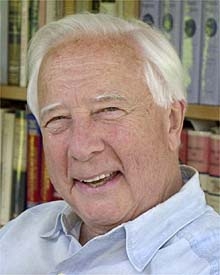
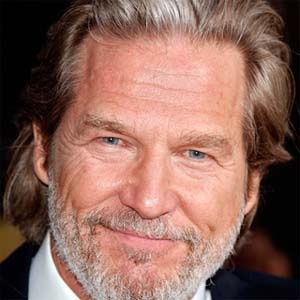

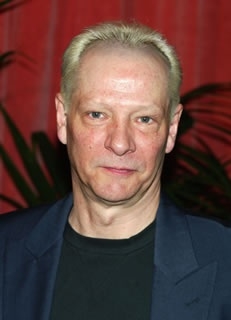
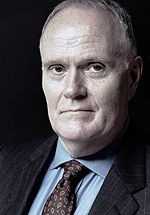


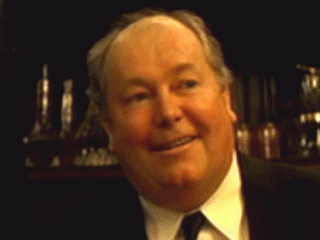

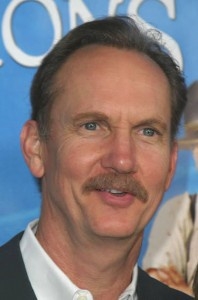


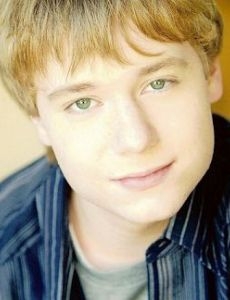



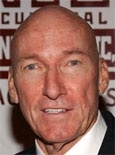
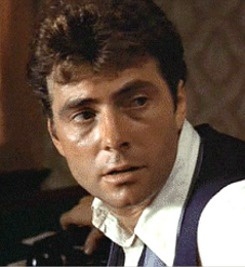
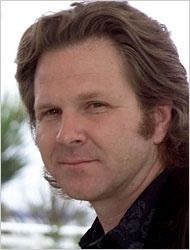
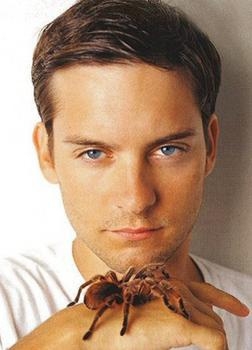
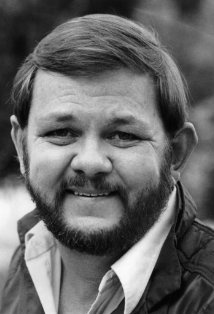







 English
English  Nederlands
Nederlands  Deutsch
Deutsch  Français
Français  Español
Español  Magyar
Magyar  српски
српски  Dansk
Dansk  Italiano
Italiano  Svenska
Svenska  Slovenčina
Slovenčina  Português
Português 
